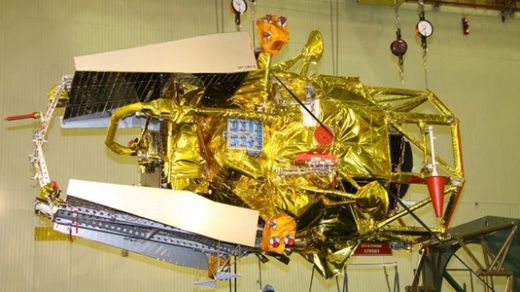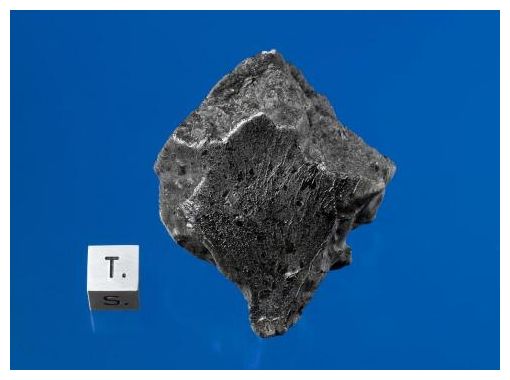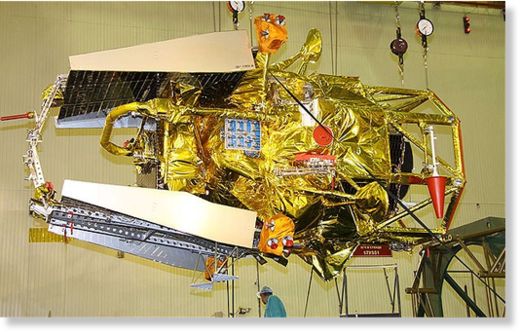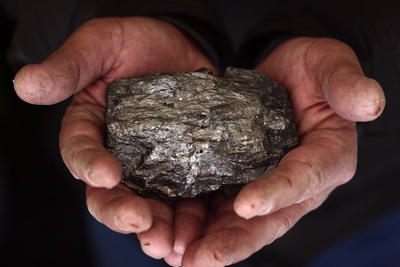
© n/a
Russia believes fragments of its
Phobos-Grunt probe which spiralled back to Earth after failing to head on a mission to Mars crashed Sunday into the Pacific Ocean, a spokesman for its space forces said.
"According to information from mission control of the space forces, the fragments of
Phobos Grunt should have fallen into the Pacific Ocean at 1745 GMT," spokesman Alexei Zolotukhin told the Interfax news agency.
There was no immediate comment from Russia's space agency Roscosmos, which throughout the day, as the probe approached Earth, had given wildly different predictions about where it could land.
Zolotukhin said that the space forces had closely followed the probe's course. "This has allowed us to ascertain the place and time of the fall of the craft with a great degree of accuracy," he told Interfax.
According to the ITAR-TASS news agency, the probe should have splashed down 1,250 kilometres (800 miles) west of the island of Wellington off the coast of Chile.
A landing in the ocean would be a huge relief for Russia after earlier reports suggested it could crash into the territory of South America, possibly Argentina.
The
Phobos-Grunt spacecraft should have been on an expedition to Mars' largest moon but instead became stuck in an Earth orbit that has become lower and lower as it becomes increasingly tugged by the Earth's gravity.
Source: Agence France-Presse




Comment: Meteorites officially cannot be warm or hot when they reach the ground. So much for official science then.